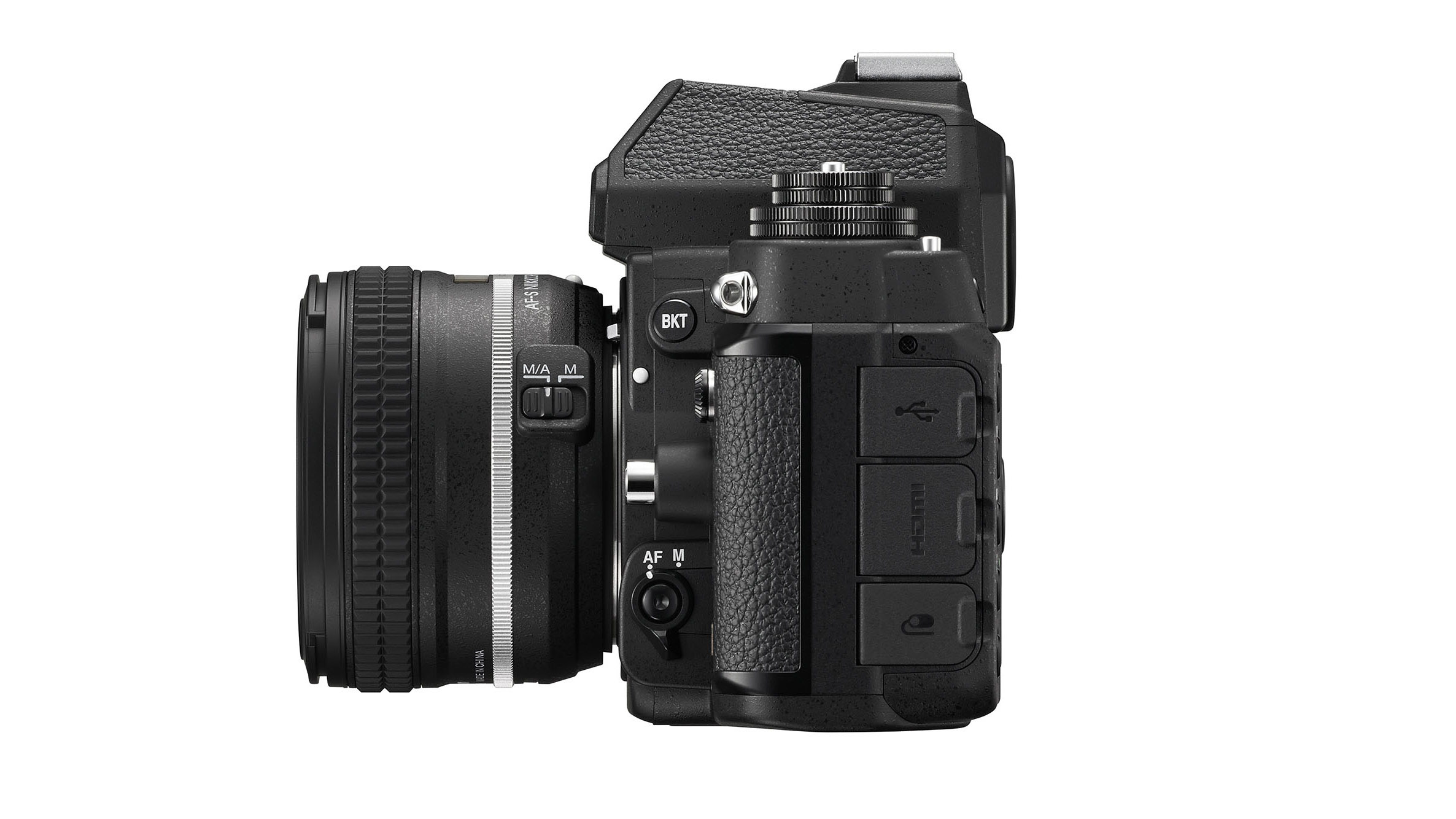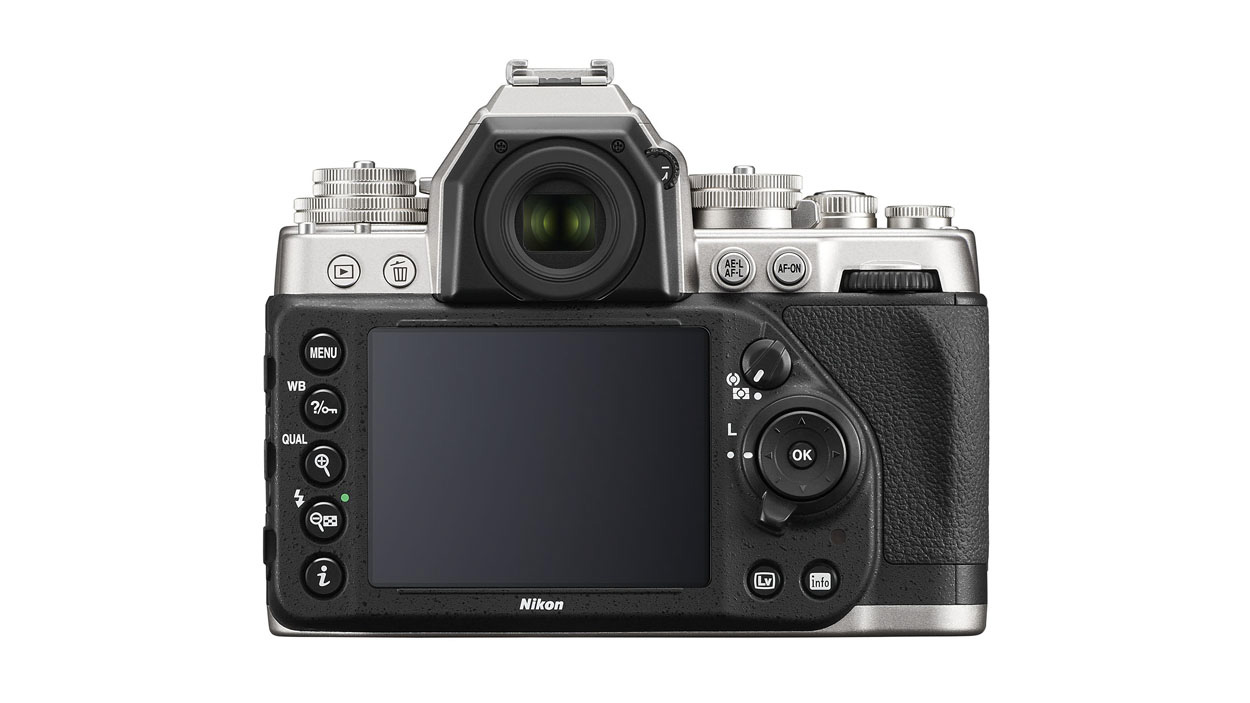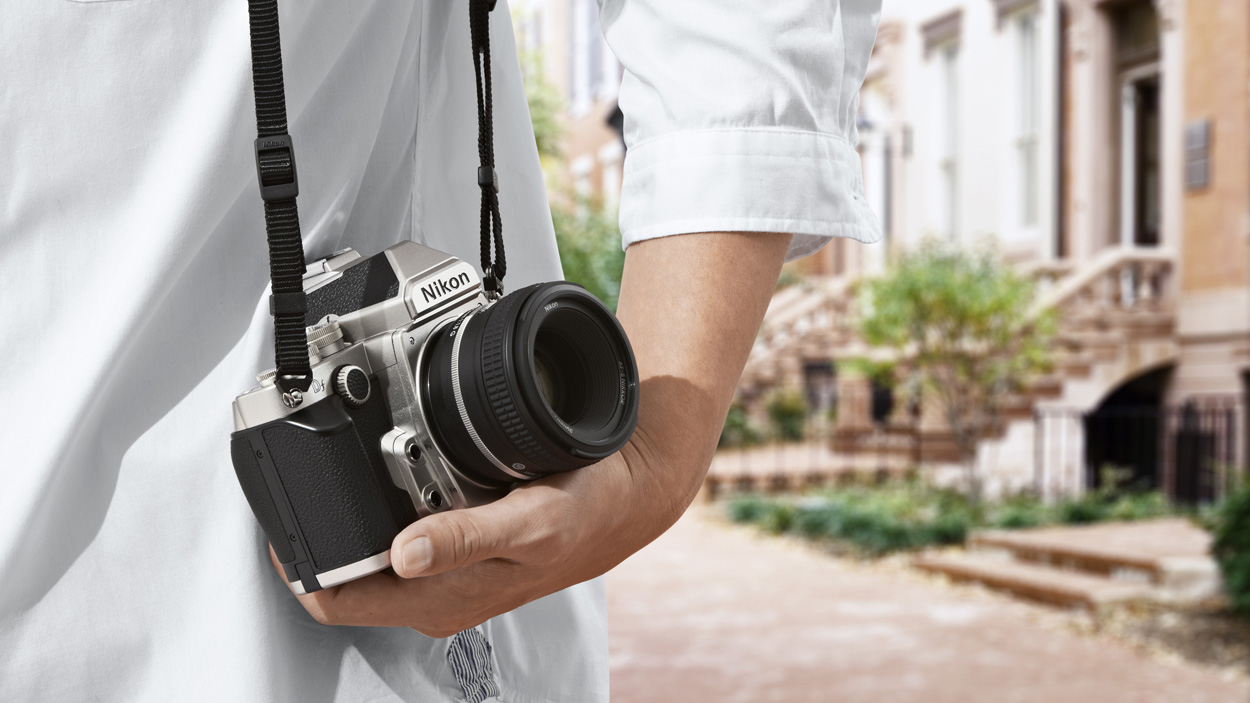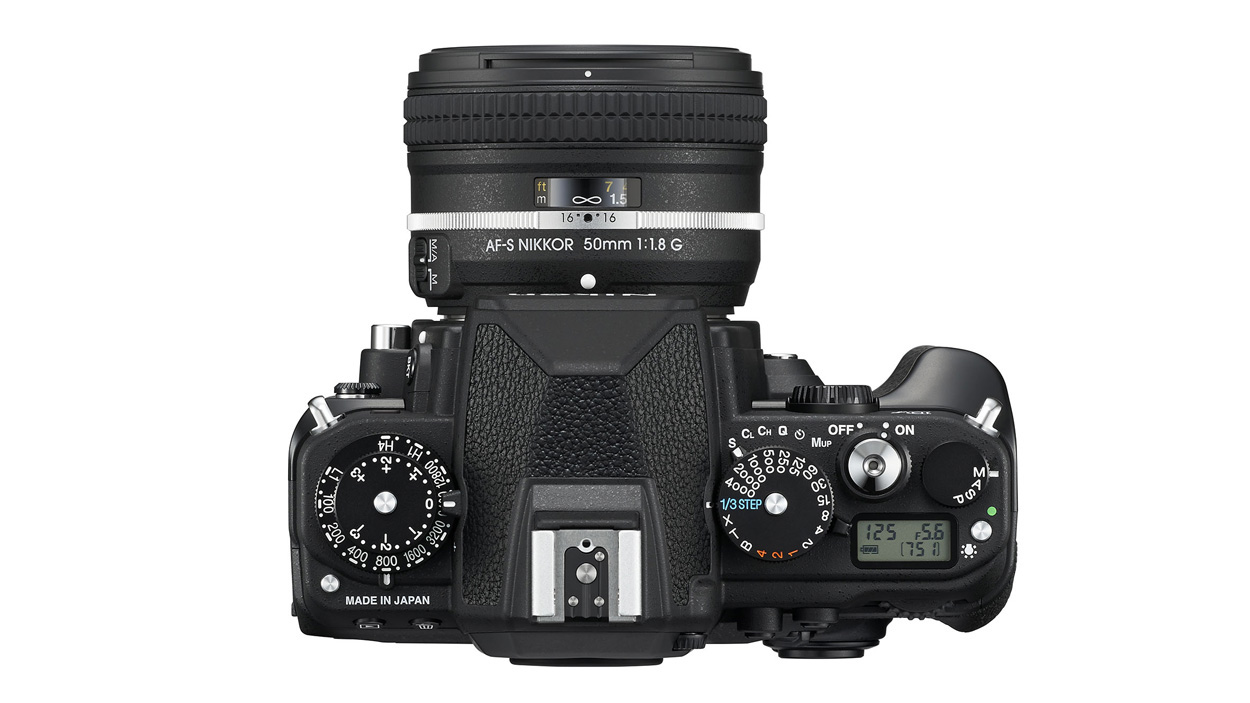TechRadar Verdict
It may not be the camera for everyone, but many enthusiasts will love the Df's retro styling and go-anywhere capability. Plus the images are superb. Its current list price, however, seems very high.
Pros
- +
Full-frame sensor
- +
Small body
- +
Traditional controls
- +
Weatherproof
Cons
- -
'Only' 16MP
- -
No video recording
- -
Expensive
Why you can trust TechRadar
After the shock that Nikon treated us to a few teaser videos in the run-up to its announcement, perhaps the biggest surprise with the Df is that Nikon has gone for a 16.2 million-pixel FX (full-frame) CMOS sensor.
Some might have been hoping for a 24.3MP sensor like the Nikon D610 or a 36.3MP sensor like the Nikon D800, but Nikon has opted to use the same sensor as in the Nikon D4.
However, the benefit of opting for a 16MP sensor is that the photosites themselves are bigger and this means that they receive more light and generate a stronger signal which requires less amplification. As a result, less noise is generated so images are cleaner.
Data from the sensor is processed by the EXPEED 3 processing engine, the same engine as is found in the Nikon D610, D800 and D4. It seems odd that Nikon hasn't gone for the EXPEED 4 engine found in the D5300, but nevertheless the processor allows the sensitivity to be set in the native range ISO 100-12,800, with expansion settings pushing it to ISO 50-204,800. That's a match for the D4.
Meanwhile there's a maximum continuous shooting rate of 5.5fps for up to 100 images and images are stored on an SD/SDHC/SDXC card. Unlike Nikon's other FX format cameras, there's only one card port in the Df.

While the Df's body may be new (well retro really), the majority of its components are familiar.
The AF system is the for example, uses the same Multi-CAM 4800 module as the D610 and has 39 AF points, 9 of which are cross-type. The 2,016-pixel RGB sensor that gathers information for the Automatic Scene Recognition System and informs the white balance, focusing and metering systems is also familiar.
Sign up for breaking news, reviews, opinion, top tech deals, and more.
On the back of the camera there's a 3.2-inch 921,000-dot LCD screen just like the D610's. In live view mode this can display a nine-cell grid that conforms to the rule of thirds and the scene can be cropped to give 1:1 or 16:9 format.

As it's an SLR rather than a compact system camera, the Df has an optical viewfinder which shows the image seen through the lens. This provides a 100% field of view and has 0.7x magnification as well as DX crop markings for when DX lenses are mounted.
A dual-axis digital level can display roll (horizontal inclination) and pitch (forward or backwards inclination) in the LCD, while roll can also be displayed in the viewfinder, making it easier to get level horizons.
In a unique move, Nikon has given the Df a collapsible metering coupling lever that enables old non-AI Nikkor lenses to be mounted directly onto the camera.

Full-aperture metering is possible with non-AI lenses when shooting in aperture priority or manual exposure mode – just like AI lenses, which have full-aperture metering in all exposure modes.
On the subject of exposure modes, the Df can shoot in program, shutter priority, aperture priority and manual exposure modes, there's no fully automatic option or scene modes. There is, however, the usual complement of Picture Control modes so it's possible to vary the appearance of JPEG files and produce monochrome images in-camera if you want.
There are a couple of features that are notably missing from the Df, the first is a pop-up flash – although this is hardly surprising given the camera's retro styling and pro credentials and there is a hotshoe. What's more the Df is compatible with Nikon's Creative Lighting System . The second omission is the ability to record movies. Yes, it's a stills-only camera.

The fact that there's no Wi-Fi connectivity built-in is unsurprising for Nikon, but the Df is compatible with Nikon's WU-1a Wireless Mobile Adaptor that enables images to be transferred wirelessly to a smartphone or tablet. It can also be used with Nikon's WR-R10 Wireless transceiver and WR-T10 Wireless Transmitter which allow remote control over the camera.
